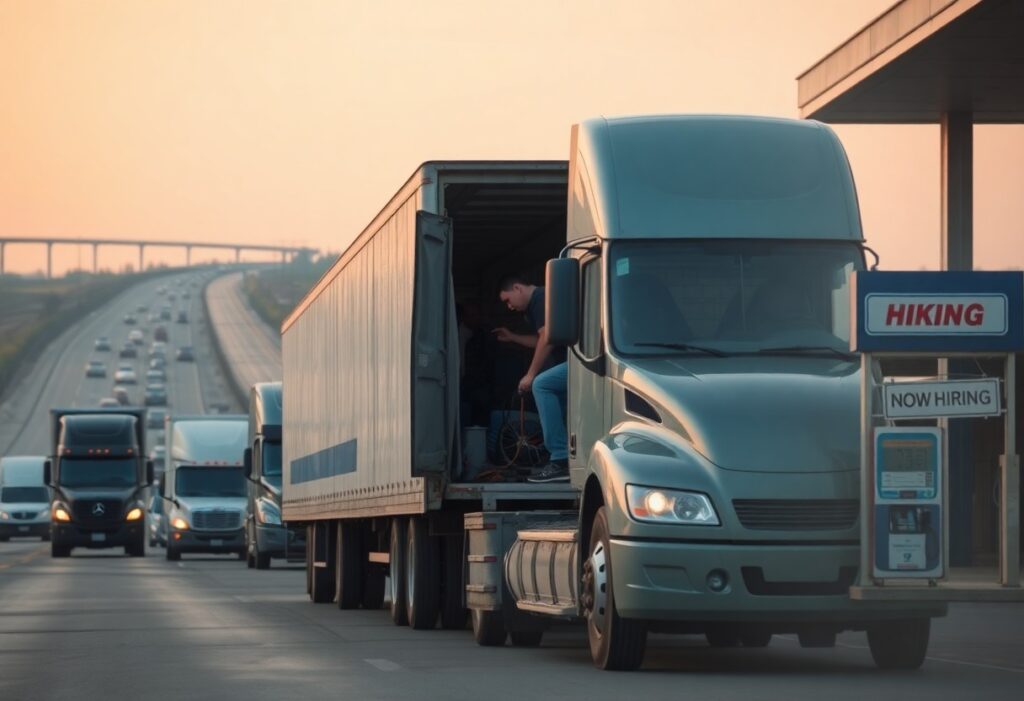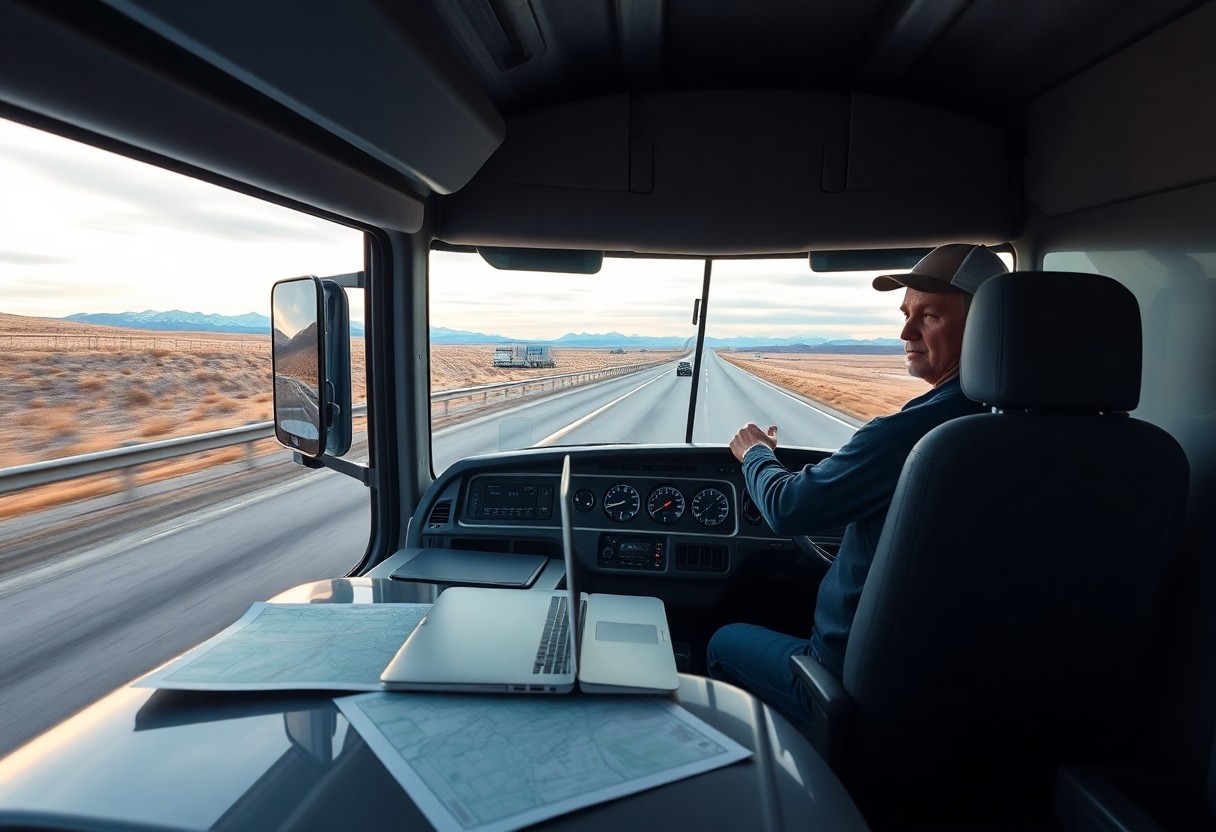It’s undeniable that the trucking industry plays a vital role in the American economy, transporting goods across vast distances. However, as you look toward 2025, you might want to consider some of the challenges that lie ahead for this necessary sector.
First, the issue of driver shortages is expected to continue plaguing the industry. As experienced drivers retire, there simply aren’t enough new entrants to take their place. This shortfall can lead to increased freight costs and delivery delays, ultimately impacting businesses like yours that rely on timely transportation. As a result, you may want to explore incentives for attracting and retaining your workforce, such as competitive salaries and improved working conditions.
Another significant challenge is the increasing regulatory pressure that truckers face. In 2025, you may experience stricter compliance measures that revolve around driver safety, vehicle emissions, and workforce hours. While these regulations aim to improve safety on the roads, the additional administrative burden could complicate your operations. Being proactive and understanding the laws governing your industry will allow you to remain compliant and avoid costly penalties.
Additionally, technological advancements will reshape the trucking landscape. While innovations like automated driving vehicles and advanced logistics software can enhance efficiency, they may also require significant investment from you. The economic landscape can be unpredictable; therefore, budgeting for these technologies is advisable. Furthermore, there’s the challenge of adapting your workforce to engage with new tools, which can be daunting.
Moreover, the environmental impact of trucking is under heightened scrutiny. By 2025, there could be more public demand for sustainability practices within the industry. This may pressure you to invest in greener alternatives, such as electric trucks or alternative fuels. Often these investments come with high upfront costs, but considering them can ultimately enhance your business’s reputation and long-term sustainability.
Another challenge is the supply chain disruptions that have become common in recent years. Factors such as the global pandemic have shown how vulnerable supply chains can be. As you navigate 2025, you need to be prepared for fluctuations in demand, labor shortages, and raw material prices. Having contingency plans in place will be necessary to keep your operations running smoothly.
Lastly, economic fluctuations can greatly impact the trucking industry. As you move through 2025, changing consumer behaviors and economic policies may affect freight volumes. Your adaptability in a shifting marketplace will play a key role in your success. Diversifying your client base and services can mitigate risks and help you cope with uncertainties in the economy.
In closing, you must keep all of these challenges in mind as you operate in the trucking sector by 2025. Staying informed and adaptable will be necessary strategies to overcome the obstacles that lie ahead. Your proactive approach can make the difference between just surviving and thriving in a rapidly changing landscape.




